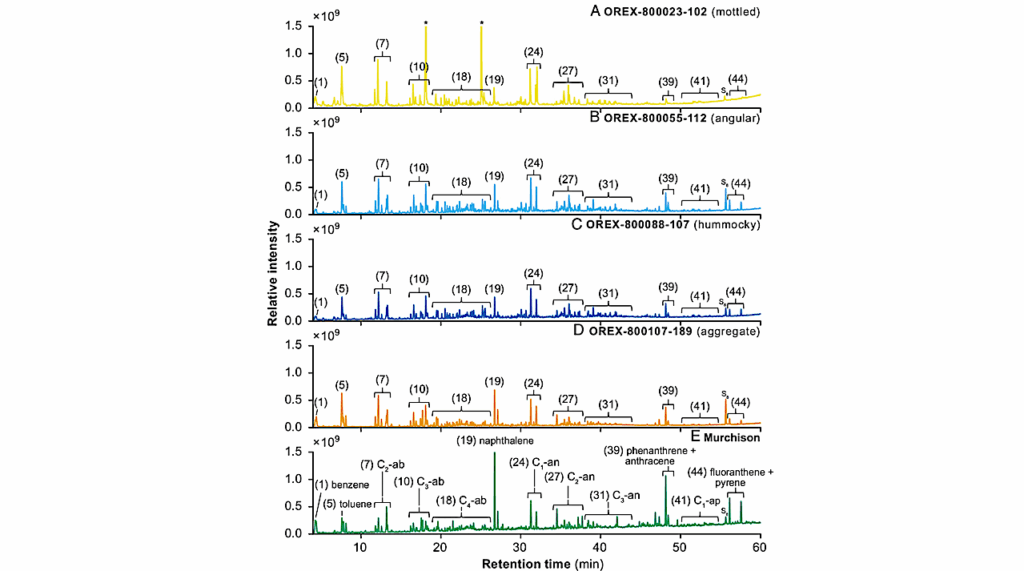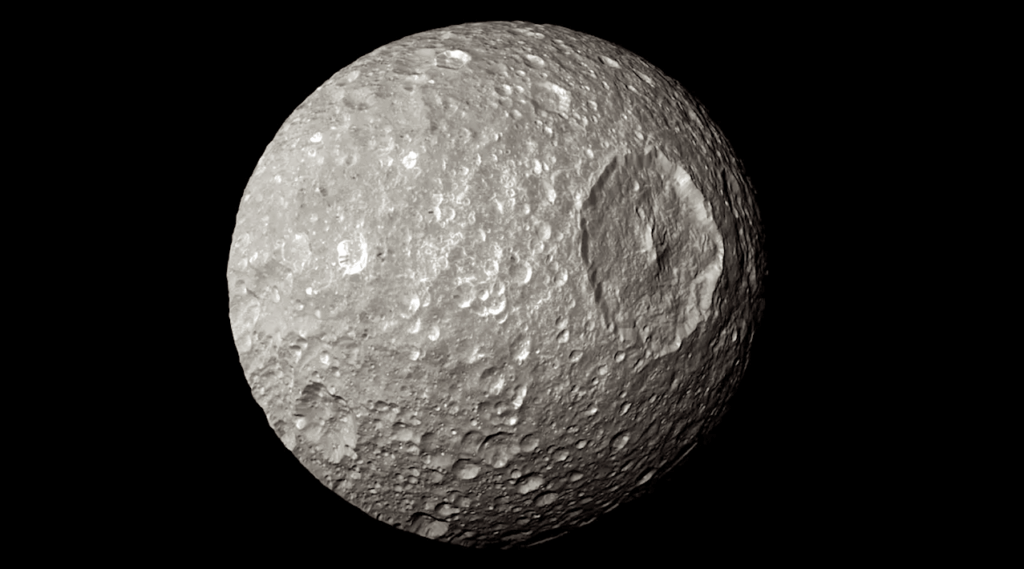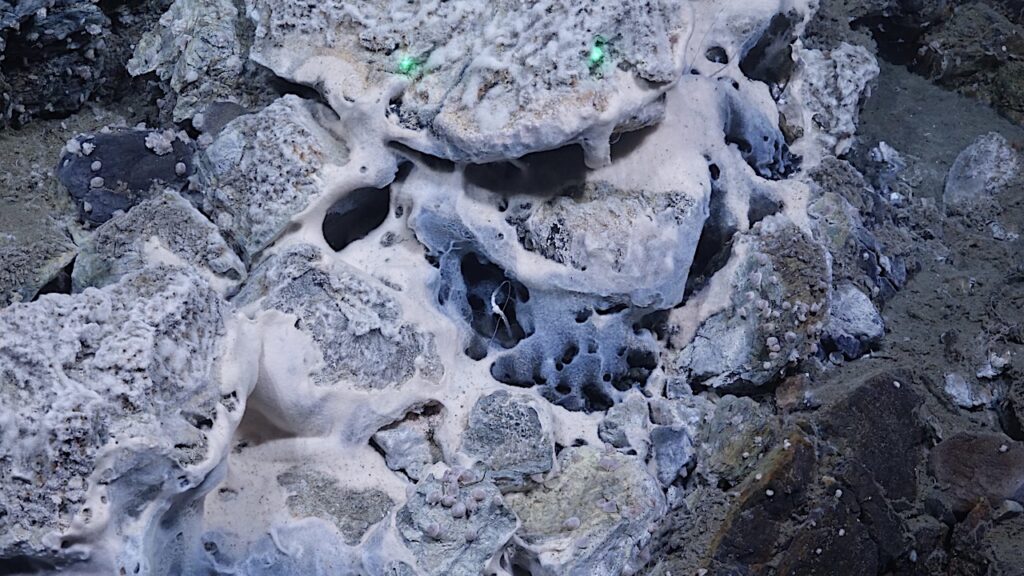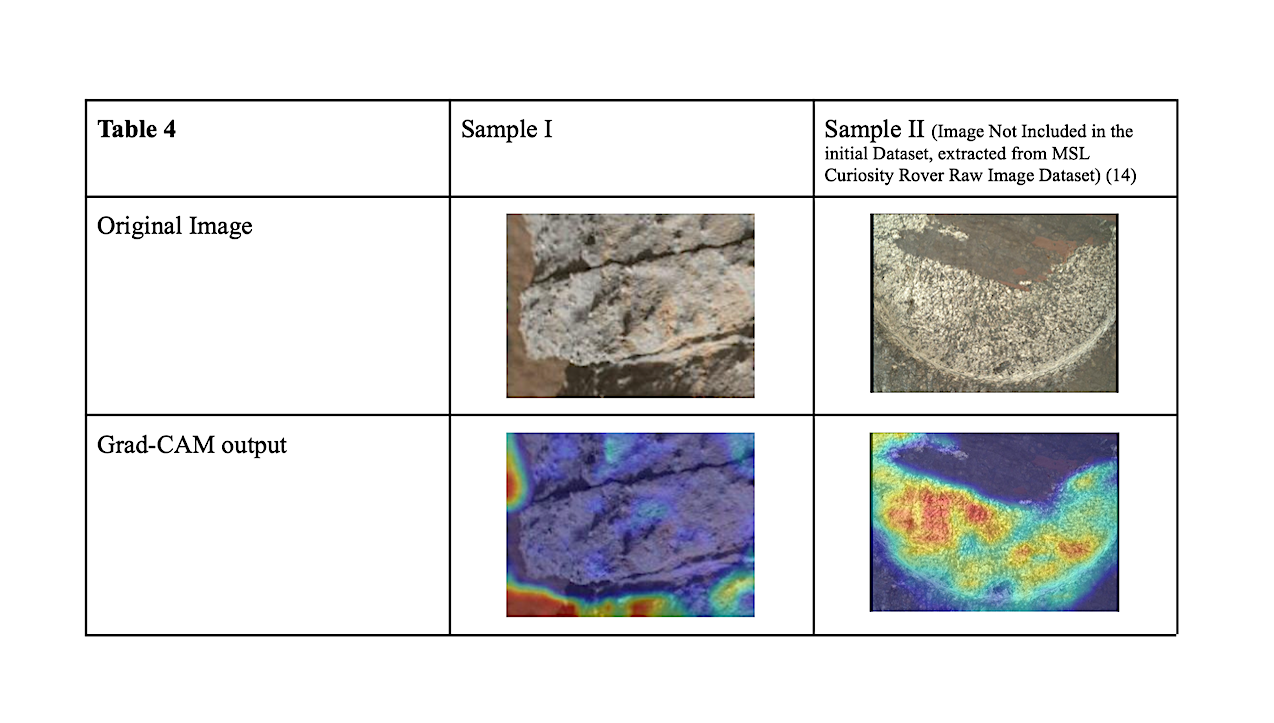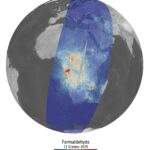Now Reading: The Impact Of Stellar Winds And Tidal Locking Effects On The Habitability Of Earth-like Exoplanets Around M Dwarf Stars
-
01
The Impact Of Stellar Winds And Tidal Locking Effects On The Habitability Of Earth-like Exoplanets Around M Dwarf Stars
The Impact Of Stellar Winds And Tidal Locking Effects On The Habitability Of Earth-like Exoplanets Around M Dwarf Stars
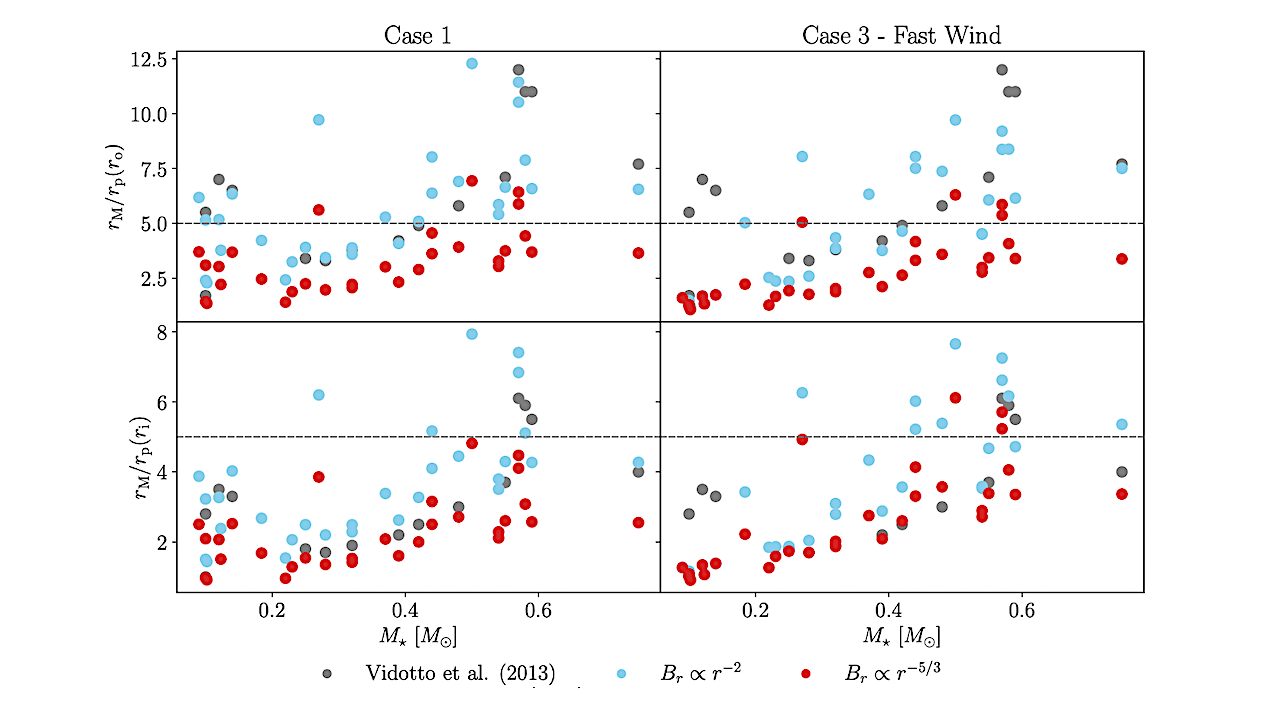

The magnetopause standoff distance of a planet orbiting our stellar sample. The theoretical decay of the Parker model (blue) and that measured in the solar system (red) are used in the estimations for Case 1 (left panels) and for Case 3, fast wind (right panels). In the upper (bottom) panels the planet is orbiting the outer (inner) radius of the HZ. The gray dashed line represents Earth’s early magnetosphere. The results of Vidotto et al. (2013) were added for comparison. — astro-ph.SR
We present an assessment of the effects of stellar wind magnetic and mechanical components on the habitability of Earth-like exoplanets orbiting the inner and outer radii of the habitable zone (HZ) of M dwarfs.
We consider stars with masses in the range of 0.09−0.75M⊙ and planets with a surface dipolar magnetic field of 0.5 G. We estimate the size of the magnetospheres of such exoplanets using the pressure balance equation including the contribution of magnetic and ram pressures from stellar winds.
We explore different scenarios, including fast and slow stellar winds, to assess the relevance of kinetic contribution. Furthermore, the effect of tidal locking and potential deviations from the Parker spiral, typically used to describe the interplanetary magnetic field, are analyzed.
We show that for low mass stars (M<0.15M⊙), the ram pressure exerted by stellar winds affects the size of the magnetosphere more than the stellar wind magnetic pressure. Interestingly, when the ram pressure is not much stronger than the magnetic pressure, typically for higher mass stars, the inclusion of ram pressure can be beneficial to the magnetosphere due to the magnetopause currents.
A magnetosphere with the size of that of modern Earth is difficult to achieve with the current assumptions. However, an early Earth magnetosphere is achieved by roughly half of our hypothetical planets orbiting the outer radius of the HZ in most of the considered cases.
We find that deviations from the Parker spiral can affect the results significantly, reducing the magnetosphere by 56% in extreme cases. Most of the hypothetical planets are most likely (or might be) tidally locked, with the notable exception of those orbiting the outer HZ of GJ 846 and V1005 Ori.
J. P. Hidalgo, D. R. G Schleicher, D. P. González
Comments: 12 pages, 5 figures, 3 tables. Article accepted for publication in A&A
Subjects: Solar and Stellar Astrophysics (astro-ph.SR); Earth and Planetary Astrophysics (astro-ph.EP)
Cite as: arXiv:2510.20417 [astro-ph.SR] (or arXiv:2510.20417v1 [astro-ph.SR] for this version)
https://doi.org/10.48550/arXiv.2510.20417
Focus to learn more
Submission history
From: Juan Pablo Hidalgo
[v1] Thu, 23 Oct 2025 10:38:07 UTC (833 KB)
https://arxiv.org/abs/2510.20417
Astrobiology, exoplanet, space weather,
Stay Informed With the Latest & Most Important News
-
 012024 in Review: Highlights from NASA in Silicon Valley
012024 in Review: Highlights from NASA in Silicon Valley -
 02Panasonic Leica Summilux DG 15mm f/1.7 ASPH review
02Panasonic Leica Summilux DG 15mm f/1.7 ASPH review -
 03How New NASA, India Earth Satellite NISAR Will See Earth
03How New NASA, India Earth Satellite NISAR Will See Earth -
 04And Thus Begins A New Year For Life On Earth
04And Thus Begins A New Year For Life On Earth -
 05Astronomy Activation Ambassadors: A New Era
05Astronomy Activation Ambassadors: A New Era -
06SpaceX launch surge helps set new global launch record in 2024
-
 07Space Force plans new ‘Futures Command’ amid pressure to speed up modernization
07Space Force plans new ‘Futures Command’ amid pressure to speed up modernization












